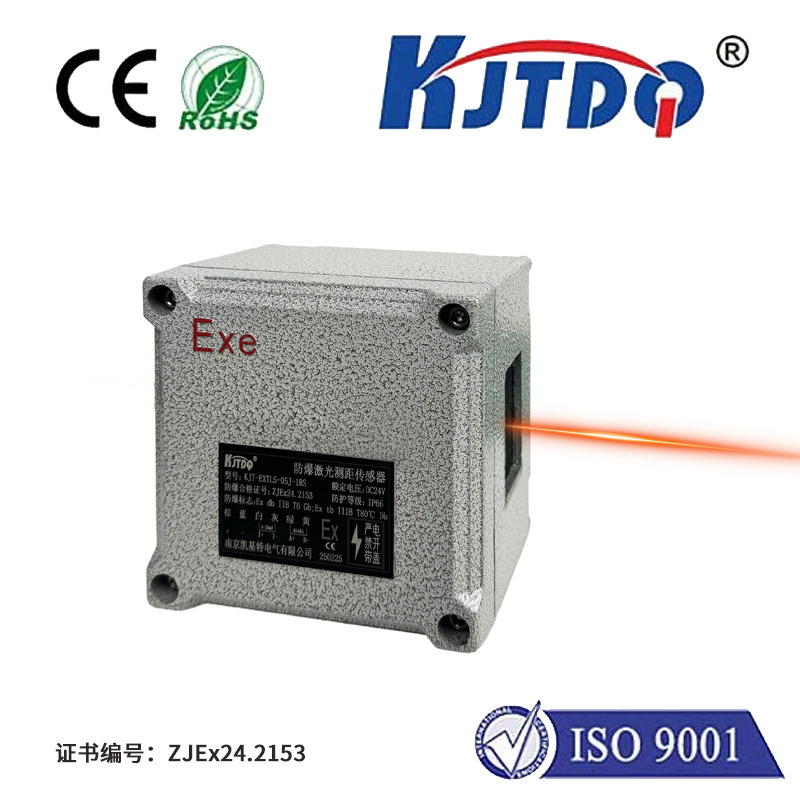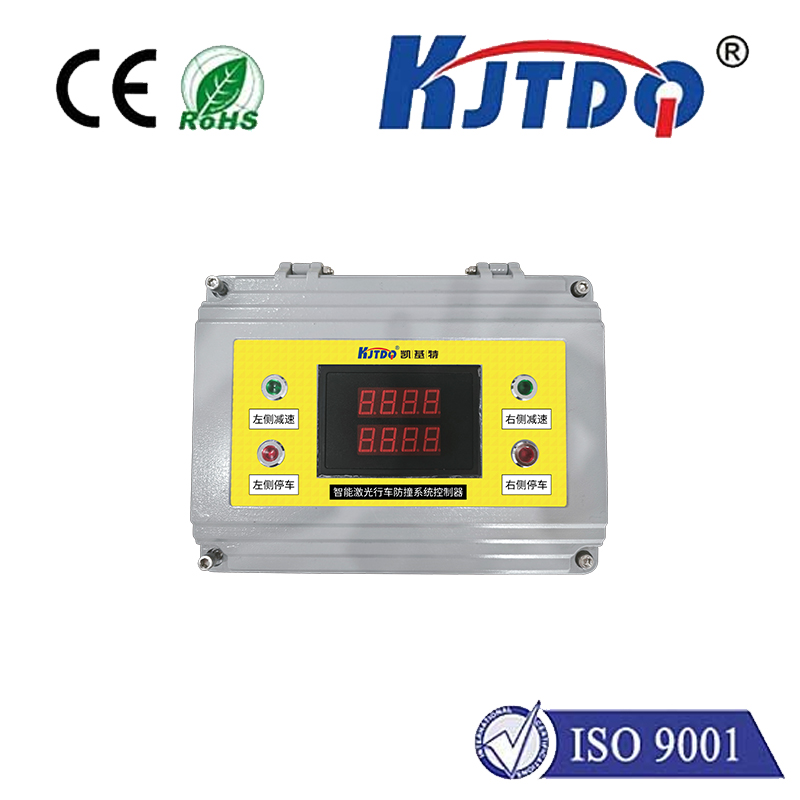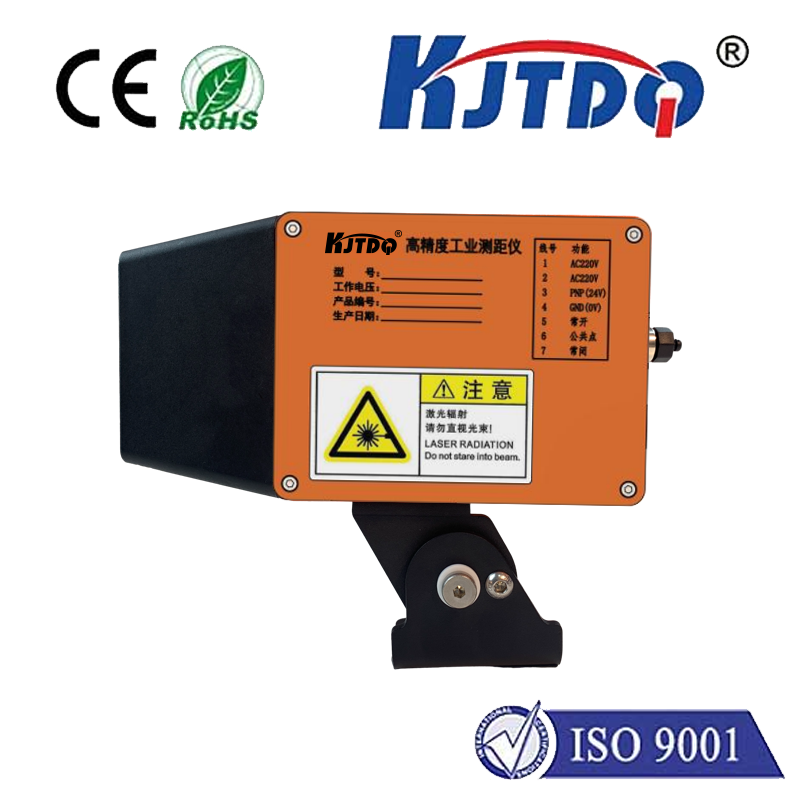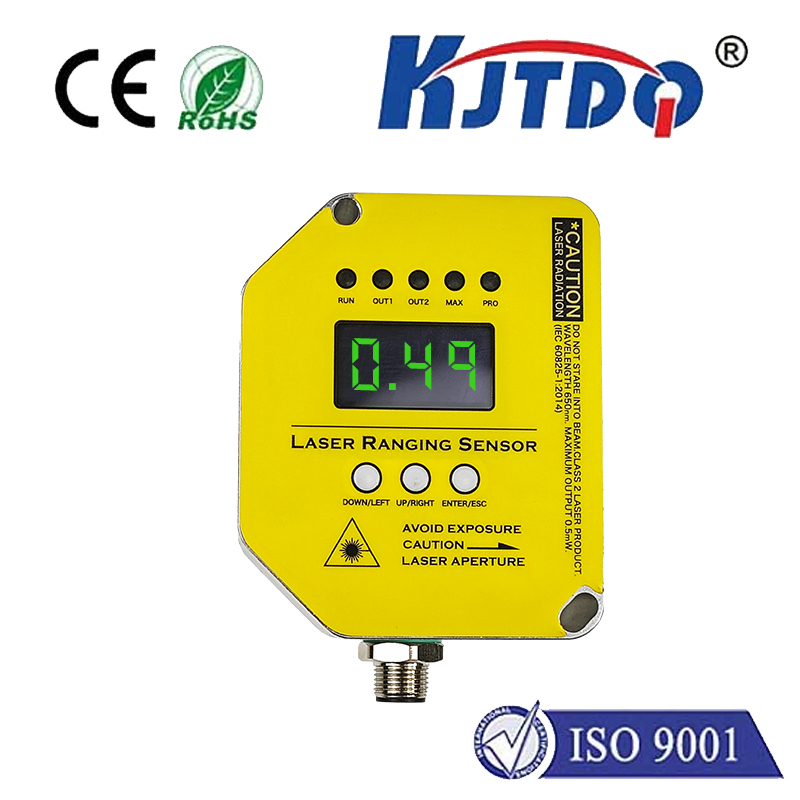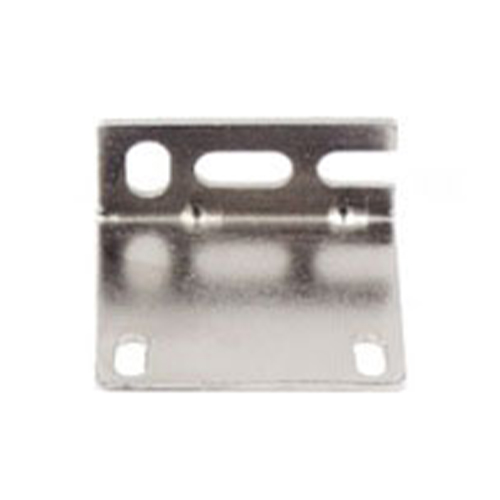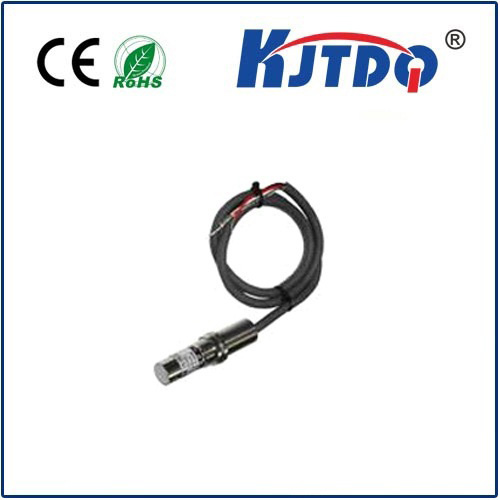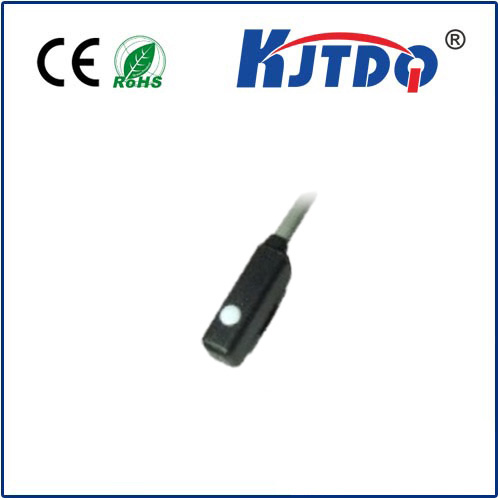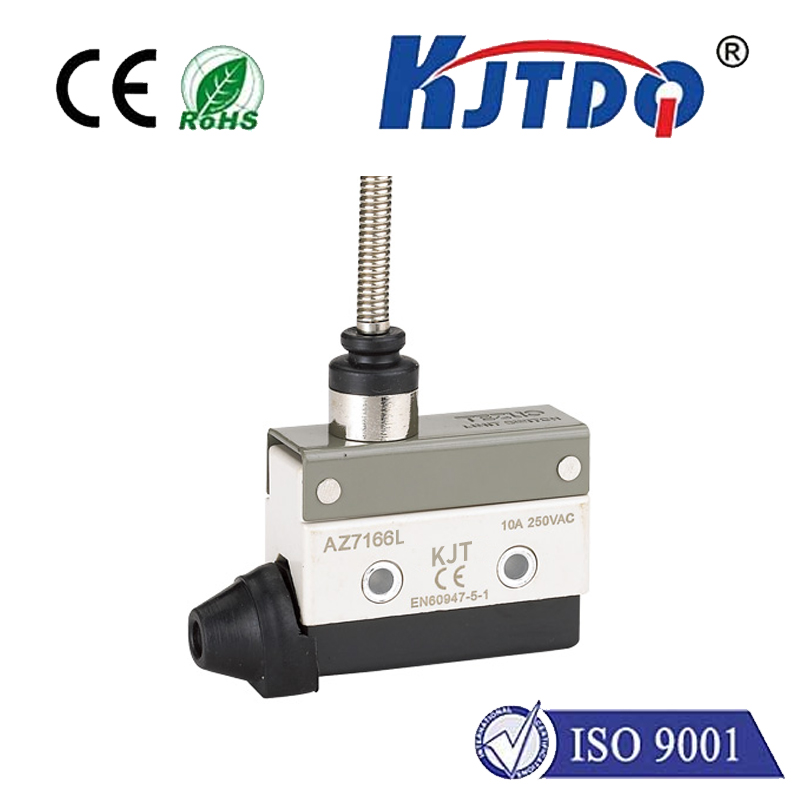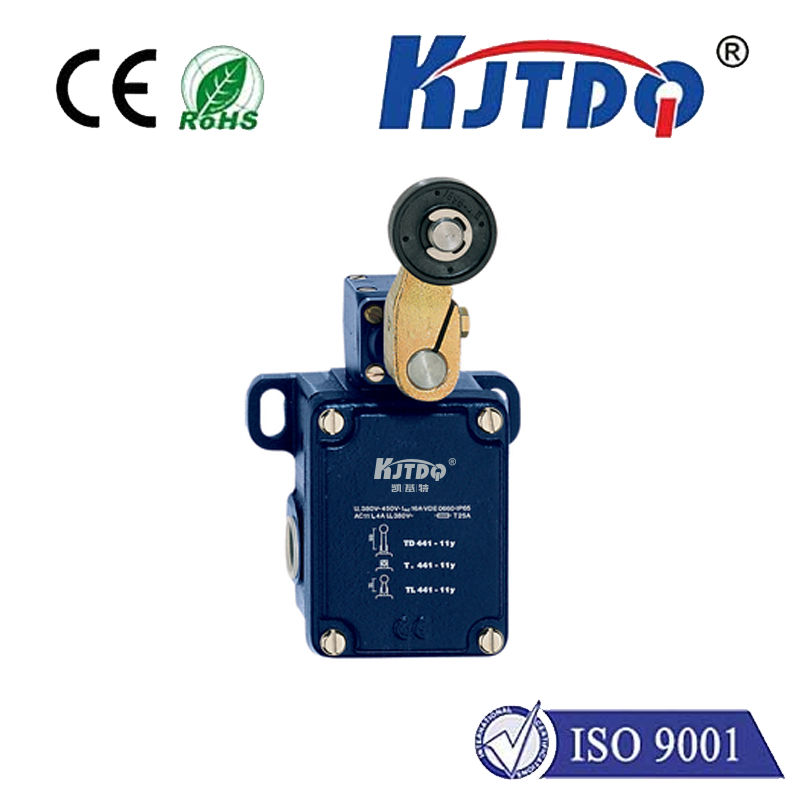lj12a3 proximity sensor
- time:2025-06-28 02:53:51
- Click:0
The Ultimate Guide to LJ12A3 Inductive Proximity Sensors: Performance & Applications
In the intricate dance of modern machinery, where precision and reliability are paramount, unseen protectors silently orchestrate safety and efficiency. Among these critical components, inductive proximity sensors like the widely recognized LJ12A3 stand as fundamental pillars of industrial automation. This sensor represents more than just a part number; it embodies a robust, dependable solution for detecting the presence or absence of metallic objects in countless demanding environments. Understanding its capabilities and applications is key to leveraging its full potential.
Demystifying the LJ12A3: Core Principles
At its heart, the LJ12A3 operates on the principle of inductive sensing. It generates a high-frequency electromagnetic field at its active face. When a metallic object (typically ferrous metals like iron or steel, though non-ferrous detection is possible, often with reduced sensing range) enters this field, it induces eddy currents within the metal. This interaction causes a measurable change in the sensor’s internal oscillation circuit. This change triggers the sensor’s electronic switch, altering its output state (commonly changing from “OFF” to “ON” or vice-versa), signaling the object’s presence – all achieved without any physical contact.
Key Specifications Defining Performance:

Key to the LJ12A3’s widespread adoption is its standardized performance envelope, typically characterized by:
- Sensing Distance (Sn): A nominal 4mm. Crucially, this is non-adjustable and serves as a standardized reference point. The actual reliable operating distance (the point where detection consistently occurs) is often slightly less (e.g., 0-3.6mm for many models) to account for manufacturing tolerances and environmental factors.
- Output Type: Primarily configured as PNP (Sourcing) outputs (outputs positive voltage when active). NPN (Sinking) versions are also widely available to suit different controller input requirements. Some specialized variants offer Analog Output (e.g., 0-10V, 4-20mA) or NAMUR outputs for hazardous areas.
- Connection: Traditionally features a 3-wire connection scheme (Brown = +V, Blue = 0V, Black = Signal Output), often terminated with a pigtail cable or a standardized connector like M12.
- Housing: A threaded cylindrical barrel, commonly M12 x 1mm thread. This compact, rugged form factor (Diameter ~12mm, Length ~50-60mm) facilitates easy installation in confined spaces through nuts or mounting brackets. The body is typically constructed from nickel-plated brass or stainless steel, offering excellent corrosion resistance.
- Environmental Protection: Boasting a minimum IP67 rating, the LJ12A3 is resilient against dust ingress and can withstand temporary immersion in water (1m for 30 mins). This makes it suitable for harsh industrial environments involving coolants, oils, and washdowns.
- Switching Frequency: Capable of detecting rapidly moving objects, often rated for 1 kHz or higher, ensuring fast response times in high-speed automation lines.
Where the LJ12A3 Proximity Sensor Truly Shines: Diverse Applications
The LJ12A3’s combination of reliability, compact size, and robust construction makes it indispensable across a vast spectrum of industries:
- Machine Tooling & CNC Machinery: Verifying tool presence in holders, monitoring turret positions, detecting pallet clamps, and confirming workpiece positioning on fixtures. Ensuring machining accuracy and preventing collisions.
- Material Handling & Conveyor Systems: Detecting metal parts moving on belts, confirming presence at sorting points or transfer stations, counting products (cans, metal components), and verifying pallet locations. Enabling automated flow control.
- Packaging Machinery: Verifying the presence of metal lids, detecting foil seals, checking for metallic components within packages, and confirming the position of actuators or cams. Guaranteeing packaging integrity and sequence.
- Automotive Manufacturing: Monitoring robotic arm positions and end effectors, detecting pistons or cylinders at end-of-stroke, verifying component placement on assembly lines (e.g., engine blocks, chassis parts), and controlling clamping/unclamping sequences. Critical for assembly precision and line speed.
- General Factory Automation: Implementing position feedback for cylinders (often replacing mechanical limit switches), detecting door or guard closures for machine safety, monitoring rotational speed via gear teeth sensing, and verifying the open/closed state of valves or slides. Foundational safety and control.
Tangible Benefits Driving Adoption: Why Choose the LJ12A3?
Implementing the LJ12A3 proximity sensor translates into concrete operational advantages:
- Unparalleled Contactless Detection: Eliminates wear and tear associated with mechanical switches, leading to significantly extended service life and reduced maintenance downtime.
- Exceptional Reliability: Designed to perform consistently in tough environments subject to vibration, shock, dust, moisture, and temperature fluctuations (typically -25°C to +70°C).
- High-Speed Operation: Rapid switching frequencies enable detection on modern, fast-moving production lines without missing triggers.
- Rugged Construction: The robust metal housing provides excellent resistance to mechanical damage and harsh chemicals common in industrial settings.
- Versatility: Available in PNP, NPN, NAMUR, and Analog variants, as well as shielded (flush-mountable) or unshielded (non-flush mountable) types, ensuring compatibility with diverse control systems and mounting constraints.
- Cost-Effectiveness: As a mature, standardized product manufactured at scale, the LJ12A3 offers a highly favorable price-to-performance ratio.
Distinguishing Features and Considerations:
- Shielded vs. Unshielded: Shielded LJ12A3 sensors allow for flush mounting in metal, providing a cleaner installation and protection against physical damage. Unshielded types offer a longer sensing range but require a non-metallic surrounding area to function correctly.
- Indicator LED: Most models feature a built-in LED that provides clear visual status indication (output active/inactive), simplifying commissioning and troubleshooting.
- Electrical Considerations: Ensure compatibility with the control system voltage (commonly 10-30V DC). Pay attention to polarity and load capacity.
Reliable Performance Demands Proper Care: Installation & Maintenance Best Practices
Maximizing the lifespan and accuracy of your LJ12A3 involves mindful handling:
- Secure Mounting: Ensure the sensor is firmly fixed. Avoid excessive force on the cable. Use appropriate mounting brackets or nuts.
- Correct Alignment: Position the sensing face perpendicular to the target path and centered where possible. Maintain the specified gap.
- Environment: Respect rated temperature, chemical, and pressure specifications. While IP67 rated, avoid prolonged submersion unless specifically designed for it. Protect cabling.
- Electrical Safety: Always isolate power before installation or maintenance. Use proper gauge wire and connectors. Prevent short circuits.
- Avoid Metal Interference: For unshielded sensors, maintain the required clearance between the sensing face’s sides and any surrounding metal (typically ≥ Sn, so ≥ 4mm).
- Target Suitability: Ensure the target material is detectable (ferrous metals are ideal) and that the target size exceeds the sensing face diameter for consistent detection.
- Routine Checks: Periodically verify sensor operation, clean the sensing face of debris, and inspect cables for damage. Simple preventative checks avert costly downtime.
The LJ12A3 inductive proximity sensor continues to be a cornerstone technology in industrial sensing. Its **robust design, proven reliability






